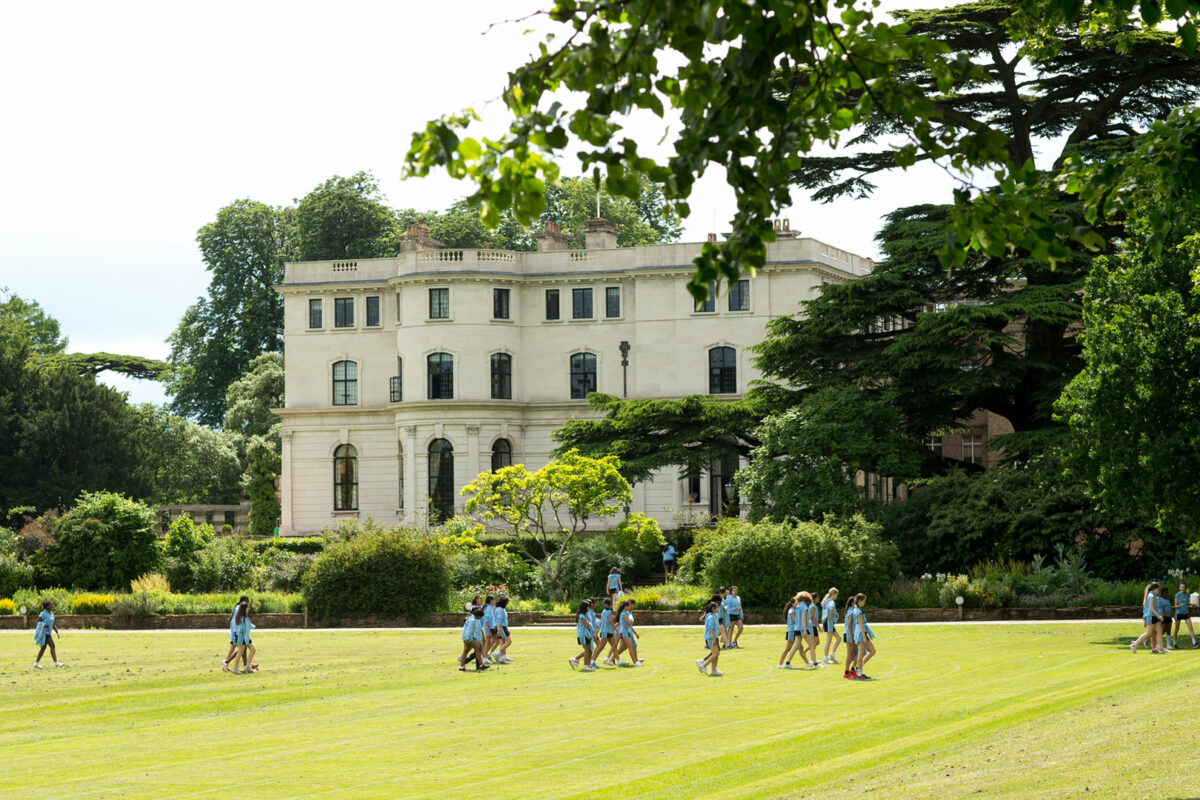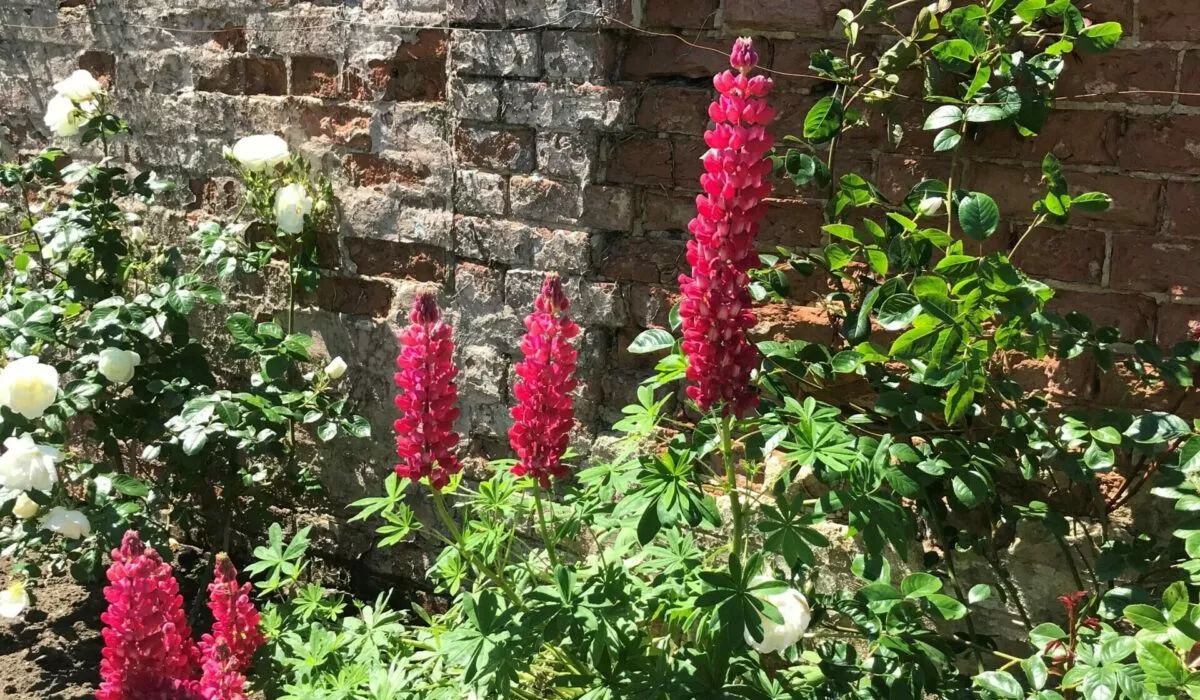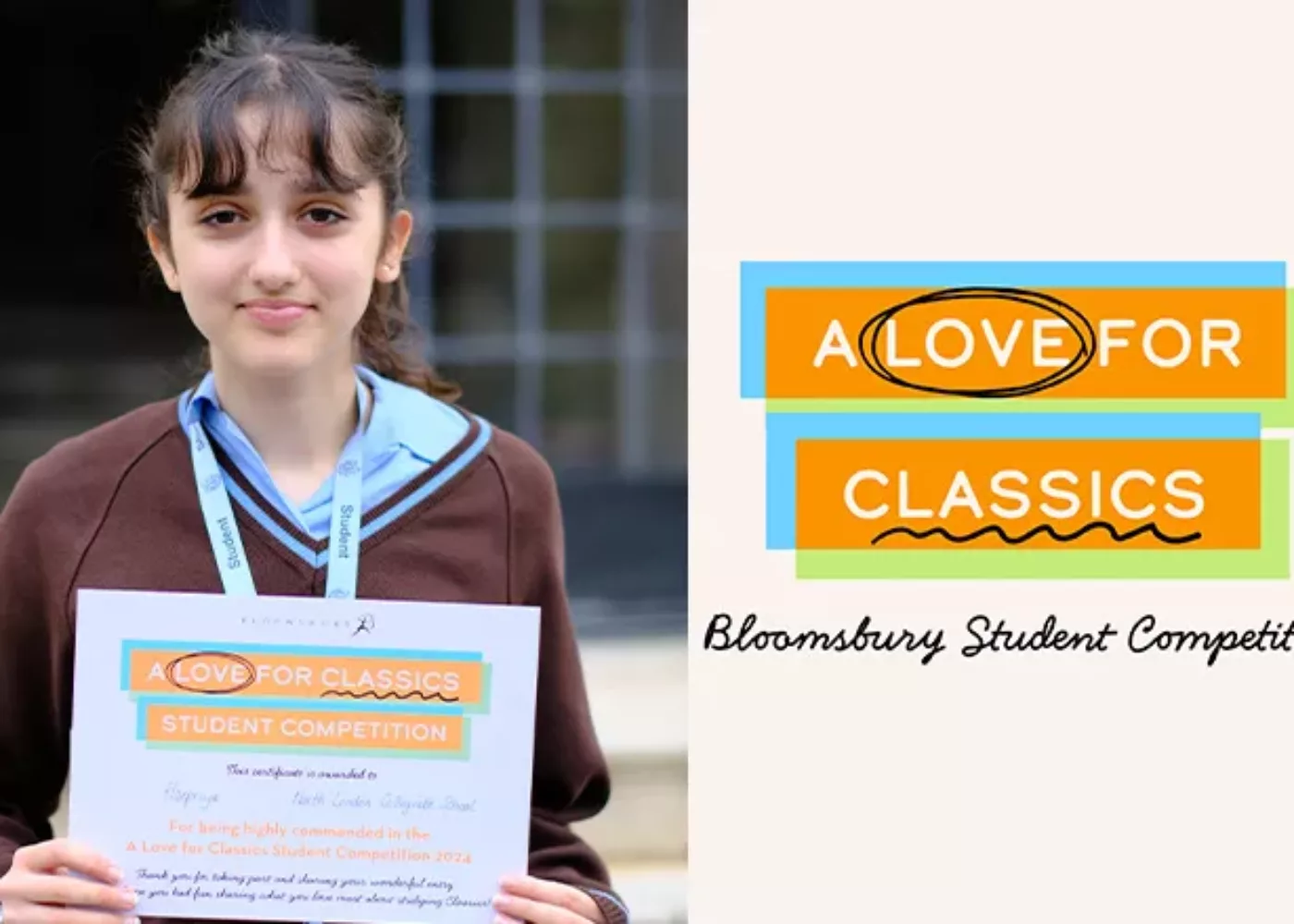Thinking
Lupins, Seamus Heaney
They stood. And stood for something. Just by standing.
In waiting. Unavailable. But there
For sure. Sure and unbending.
Rose-fingered dawn’s and navy midnight’s flower.
Seed packets to begin with, pink and azure,
Sifting lightness and small jittery promise:
Lupin spires, erotics of the future,
Lip-brush of the blue and earth’s deep purchase.
O pastel turrets, pods and tapering stalks
That stood their ground for all our summer wending
And even when they blanched would never balk.
And none of this surpassed our understanding.
Symbols of Ceasefire: A Reading of Seamus Heaney’s poem ‘Lupins’ Twenty Years on
by Dr McLoughlin
They stood. And stood for something. Just by standing. [i]
For Seamus Heaney, a poem could stand for something. Much more resonant than a mere statement, a poem, he came to envisage, could be an icon of potential – not an utterance or a token but something akin to a talisman. To employ Heaney’s own alliterative pairing, the “marvellous” quality of art, he believed, is well able to rival the “murderous” property of sectarianism as he said in his Nobel Prize acceptance speech, Crediting Poetry.[ii] And as his work increasingly sensed – and certainly increasingly exemplified after he turned fifty – the poet can stand up for the power of the imagination to transform and redeem. Heaney also prescribed how such an object needs qualities of intransience and concreteness with which to stand up to the rigidity of centuries old tribal beliefs; it requires a toughness and resilience strong enough to match and reanimate those hardened “hearts” Yeats described in ‘Easter 1916’ as being “with one purpose alone/Through summer and winter….Enchanted to a stone”.[iii] Crediting Poetry also suggested that such aesthetic strength ironically derives from the inclusion – however oblique – of the very real political crisis instigating it – what Heaney terms the “doldrums of what happens” in Seeing Things.[iv] Only when it exhibits its grim origins, can the resulting artefact both stand in for reality, and become transcendent of it. Indeed, in a post-Colonial, post-modern world, it seems logical that there should be an encounter between all the symbols that manage and mar the historical freight of Ireland on the one hand – the flags, murals, slogans and anniversaries for instance – and the assuaging signifiers of poetic language on the other. Thus, when he depicts ‘Lupins’ as “Sure and unbending” in their redemptive qualities, Heaney makes an obvious reference to, and a revision of, the typical obstinacy of politically held views in Northern Ireland.
‘Lupins’ from Electric Light (2001) is a striking example of a poem that is true to its immediate political and social context – the fledgling years of the Ceasefire that began in 1998. At the same time, ‘Lupins’ ‘stands’ in an opposing otherworldly, even spiritual, arena where the poetic voice can “credit marvels” as ‘Fosterling’, the manifesto poem of Seeing Things, Heaney’s volume from a decade before, set out to do. From having laboured in his art for “a concrete reliability…an upfront representation of the world it stood in for or stood up for or stood its ground against” [my italics], now since this Damascene volume of Seeing Things, Heaney began to introduce an utterance akin to “the crystalline inwardness of Emily Dickinson, all those forked lightnings and fissures of association”.[v] Indeed, ‘Lupins’ purposefully eschews descriptive exactitude, and instead, improvises on transformation through stray, even random, signs of “Sifting lightness and small jittery promise” as deftly captured in the delicately alliterative bounce of Heaney’s diction. Just as the actual words of the Good Friday Agreement took many months for a team of civil servants to select and arrange, the “seeds” and “pods” of the poem – the words themselves – are continually shape-changing in order to distil the essence of what ‘hope’ might look like in Northern Ireland. Increasingly unburdened in his 50s from anxiety about the role and responsibility of the poet in a sectarian-governed community, Heaney decided to set his creativity free. Unquestionably a poem full of the equivalent ‘forked lightnings” and, as he went on to prescribe, an Eliotelian “visionary strangeness”, ‘Lupins’ constitutes a poetry of secular faith.
To be really successful, a poem – like all art – must transcend its particular context to become timeless; subsequently, each time it is read – and here we are reading ‘Lupins’ some twenty years after its publication, and thus in the altered, vastly improved political context of which it had conceived – the poem reinstates, yet modifies, the hope it first proffered. Throughout the time since it has been written, ‘Lupins’ – a poem that chooses for its subject a perennial that will come back each year – will certainly have been resonating in different keys and configurations; during this still contingent and transitional Peace Process in the long history of Ireland, as intended, the poem will have served as both barometer and prayer.
Indeed just how precarious this peace process continues to be has been brought into focus again at this juncture in 2021. The one hundred year anniversary of the Partition of Ireland in June 2021 has coincided with a destabilising of the very process that ‘Lupins’ had tentatively ushered in. At the turn of the year, the ongoing legacy of Partition perilously merged with Brexit and the attendant Northern Ireland Protocol with its infamous creation of a border in the middle of the Irish Sea. The upshot on the ground has not only been the withdrawal of loyalist support for the Protocol, but despite a commitment to peaceful protests, outcry and resurgent violence in Protestant strongholds across the North. And this, two years after the peace process was gravely shaken when the young trail-blazing journalist Lyra McKee was murdered by Republican dissidents firing guns after the seizure of weapons that were hoarded, ostensibly, in advance of commemorations for another anniversary – that of the Easter Rising. Again, just as at a societal level, citizens of Northern Ireland seem to have been losing faith in the Peace Process, the political process of Devolution has come under tangible threat by means of the forced resignation of Edwin Poots, the newly elected leader of the Democratic Unionist Party, for his recommitment to Nationalist-driven legislation of 2020 to protect and promote the Irish Language in the North. Indeed, in the light of all that writers such as Heaney – and most obviously, the playwright Brian Friel – have tried to do with the language, it is especially ironic that such legislation over the ‘language question’ with its progressive, pluralist-friendly title – ‘New decade, new approach’ – should have stalled. What is at risk, of course, is Devolution itself and the Good Friday, or more neutrally called, Belfast, Agreement that followed the IRA ceasefire in 1998. Essentially a page of text and a series of appendices signed by two parties – the Ulster Unionist Party and the SDLP led by David Trimble and John Hume both of whom subsequently shared the Nobel Peace Prize – the Agreement promised power-sharing in return for a reassurance that Northern Ireland would never leave the UK without consensus. A ground-breaking compromise by both sides necessitating the contentious freeing of prisoners in return for the decommissioning of arms, in the face of the obduracy of history, the agreement was itself a supreme act of the imagination.
However central the caveat that this was the start, rather than the establishment, of peace, the sheer dream of previously unimagined possibilities enshrined by the Good Friday Agreement naturally met with astonishment and wonder. Similarly, however provisional and dreamy, the corresponding buoyancy ‘Lupins’ and its parent volume, Electric Light, are filled with, has been applauded by critics.
It may seem ironic at first that such an optimistic poem as ‘Lupins’ should take a flower as its main subject and symbol since floral tributes have a distinct relationship with elegy from Roman times when the practice of strewing graves with flowers began in tribute to the dead. Yet it is fitting that ‘Lupins’ should, despite the tentatively celebratory tone, also be elegiac in accordance with one of the first clauses of the Good Friday agreement that distinctly honoured the 3000 victims of the Troubles since 1968. Not an idealised rare or wild flower of the Burren or Bog of Ireland which might have been more emblematic of an historical legacy – and indeed more typical of Heaney’s usual terrain – the lupin is very much a domestic, every day – even suburban – flower, promising real things for real citizens in real back gardens. After all, the agreement recognised that before any ‘fresh start” could be made, it needed to acknowledge how “The tragedies of the past have left a deep and profoundly regrettable legacy of suffering. We must never forget those who have died or been injured, and their families.” [vi]Just as ‘Lupins’ reaches for the “fresh start” of the “rose-fingered dawn….” and the tentatively shaded ‘pastel’ colours of the start of day, correspondingly, the poet’s palette also includes the darkest of blue “navy midnight’s flower”. Recalling perhaps the famous D H Lawrence rhapsody on death as emblemised by ‘Bavarian Gentians’ in the self-elegy of that name, as much as Heaney configures the returning day, the horticulturalist-cum-poet must, Persephone-like, honour and nourish the underworld.[vii] In a typically self-reflexive poem that embellishes its own articulation – his shy “lip-brush” – with “the blue and earth’s deep purchase”, Heaney needs to dig down into the actual dark world of realpolitik and suffering as much as he needs to dip his brush in the ethereal azure. Moreover, to get “purchase” on something is a very fitting lexical choice for a farmer’s son, registering the struggle it has been to prescribe, let alone describe, and achieve any hope.
Alongside his particularly elliptical syntax mirroring such tentative beginnings, Heaney’s use of three quatrains, configuring a rhymed Shakespearean sonnet without the rhyming couplet, constitutes a lyric of compromise that gestures towards a distant, perhaps unreachable, conclusion. Peace is a dream, not a reality. And yet conversely, we also hear an encouraging assonantal music through the first two stanzas’ feminine rhymes between “there”/“flower”/“azure”/“future”. Equally, the enjambment of the final stanza follows through the steady progress of change and purchase that while aspiring, “bears it out” and definitively does not “balk”. Notwithstanding the compound, modified and often negated words of first stanza – “In waiting….Unavailable….Unbending” – Heaney’s compression of his words into regularly rhymed quatrains suggests symmetry, steadfastness and even the equilibrium of democracy. Correspondingly, the Good Friday agreement set out for “a fresh start, in which we firmly dedicate ourselves to the achievement of reconciliation, tolerance, and mutual trust, and to the protection and vindication of the human rights of all.”[viii]
Yet the continually shifting grammar of the poem’s first line as the verb marches into the present tense, does more than merely establish linguistic steadfastness and solidarity. It is as if the root of the verb itself – ‘stand’ – becomes a symbol complicating, refreshing and even obviating any dogged ‘standing up’ for a belief – the very thing the Good Friday Agreement needed to reverse. Heaney’s phrases feel deliberately weighted with an opposing emergent and unfolding sense of utterance and immanence – something the anaphora of ‘And’ that starts the poem’s last two end-stopped lines, enunciates. The headway Heaney’s diction makes in this stanza – and indeed in the poem – quite literally mirrors what Wittgenstein has called “The thought working its way towards the light”.[ix] Nonetheless, the caesural pauses also enact the process of waiting that have been so important in the political world in which Ceasefire denotes a time precluding action – a temporary pulling back in order for talk and thought to take place. As anyone watching for their long awaited bloom to establish itself for the long summer ahead, Lupins, as the poem posits, can indeed be rather stubborn.
And so the symbol of the lupins resolutely ‘stands for something’. Working syntactically and linguistically with the proverbial phrase ‘stand up for’, straightaway, Heaney makes plays on the time-worn concept of standing up for one’s beliefs – the very things that demand compromise in the peace process. As the Good Friday Agreement established, the initial and fundamental ‘declaration of support’ recognised the level of concord required: “We acknowledge the substantial differences between our continuing, and equally legitimate, political aspirations. However, we will endeavour to strive in every practical way towards reconciliation and rapprochement within the framework of democratic and agreed arrangements”.[x] It is as if the words of Heaney’s poem are pushing for progress and change – in syntax, diction and colour – within the scaffolding of the poem’s form, which by the end is proved to have “stood [its] ground for all our summer wending”. However much the lexical seeds are just endowed somehow with the ethereal colours of dawn – “pink and azure”, even becoming “blanched” with fear and trepidation as they pass through the difficult passageway – the poem’s own proposal is that the semi-dormant blooms, once established, will “never balk”.
Alluding to Homer in “Rose-fingered dawn’s…flower”, Heaney deploys imagery of mythical hope. Indeed referencing an epic about the tortuous Odyssey of a journey home is particularly appropriate for a country seeking release and revelation from long ontological darkness – the nightmare of Irish history that Stephen confesses he is struggling to awaken from in Portrait of an Artist as a young man by Heaney’s fellow countryman, James Joyce. That dawn often comes early in the Odyssey where it occurs as often as twenty times, reminds us how sudden, surprising and even full of grace the coming of ceasefire actually was notwithstanding its equally gradual and incremental approach. All in all, Heaney’s diction anticipates many false starts and new beginnings along the ongoing journey to lasting peace.
On a first level, the strikingly incongruous concantenation of “Lupin spires, erotics of the future” demonstrates progress from Heaney’s earlier reverence for “Robert Frost for his farmer’s accuracy and his wily down-to-earthness”[xi] – an influence most palpably discerned in Heaney’s first volume, Death of a Naturalist. Now thirty-five years later, poetry reaches out hedonistically and almost irresponsibly beyond the literal to the divine. Given the references the poem makes to the religious, this might seem ironic, but in a community long hindered by religious segregation, what Heaney seems to be aiming for is a secularising of the spiritual. Thus, the “spires” of the numerous churches populating the landscape of the North are conveyed right into the present and future tense. And in order to eschew and transcend any of the hatred, prohibition and costiveness so associated with religious sectarianism, Eros boldly replaces agape.
The last stanza of the poem in which the speaker intones self-consciously to his aesthetic muse – “O pastel turrets” – might almost form a discrete secular prayer to such totems of hope. As the poem modulates and settles to a secular equivalent of Evening Prayer, these real castles in the air, the “turrets”, replace the ubiquitous ‘spires’ of the North, while floral “tapering stalks” stand in for votive candles. For a poem that envisions an immensurable and unmappable future, it does manage to find some degree of closure in an ironic rendition of the blessing from the Book of Common Prayer, as drawn from Philippians 4 when Paul promises, “And the peace of God, which surpasses all understanding, will guard your hearts and minds through Christ Jesus”. Interrupting his own vision to comment upon that vision, Seamus Heaney seems adamant that we can – and must – continue to endorse this peace process as planned by wise and determined minds in the real world for real citizens whatever their creed.
[i] Heaney, Seamus, ‘Lupins’, New Selected Poems 1988 – 2013, (London, 2014), p. 121.
[ii] Heaney, Seamus, Crediting Poetry, The Nobel Lecture, 1995, included in Heaney, Opened Ground, (London, 1998), p. 458.
[iii] Yeats, W.B., ‘Easter 1916’, Collected Poems (London, 1992), p. 176.
[iv] Heaney, Seamus, ‘Fosterling’, Opened Ground, op. cit., p. 357.
[v] Heaney, Crediting Poetry, op. cit., p. 451.
[vi] ‘UK Government et al., ‘Declaration of Support’, The Belfast Agreement (10th April 1998). Available at: https://www.gov.uk/government/publications/the-belfast-agreement (accessed 28th June 2021), point 2.
[vii] Lawrence, D. H., Selected Poetry (London, 1986), pp. 240-241.
[viii] ‘ Declaration of Support’, op. cit., point 2.
[ix] Wittgenstein, Ludwig, Culture and Value, trans. Peter Winch (Chicago, 1984), p.47e.
[x] ‘Declaration of Support’, op. cit., point 5.
[xi] Heaney, Crediting Poetry, op. cit., p. 450.



